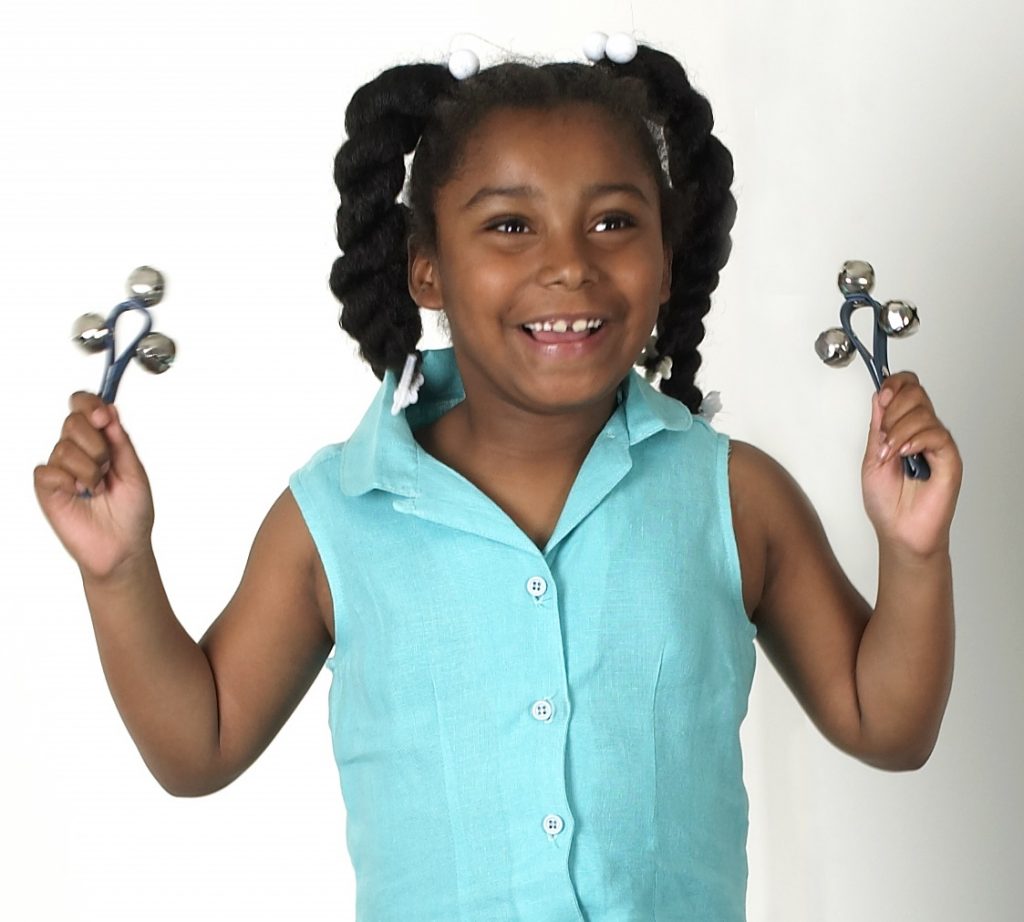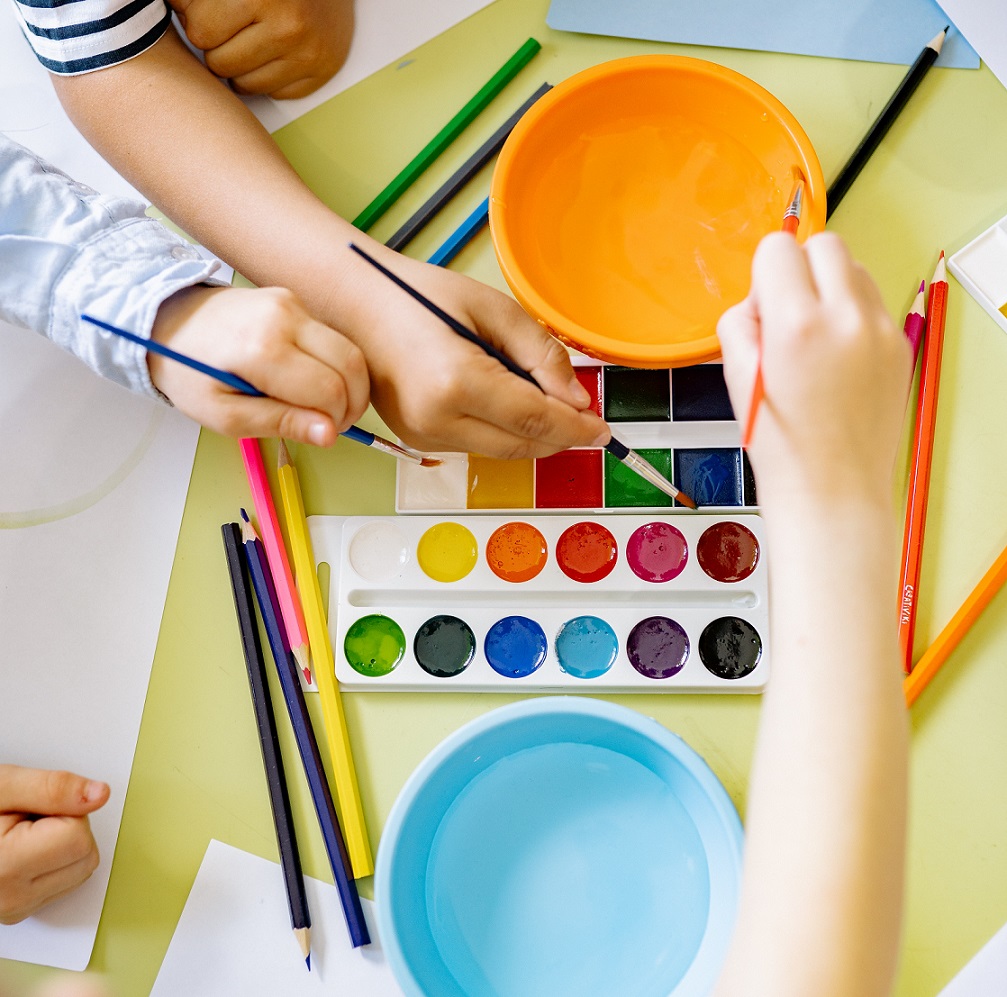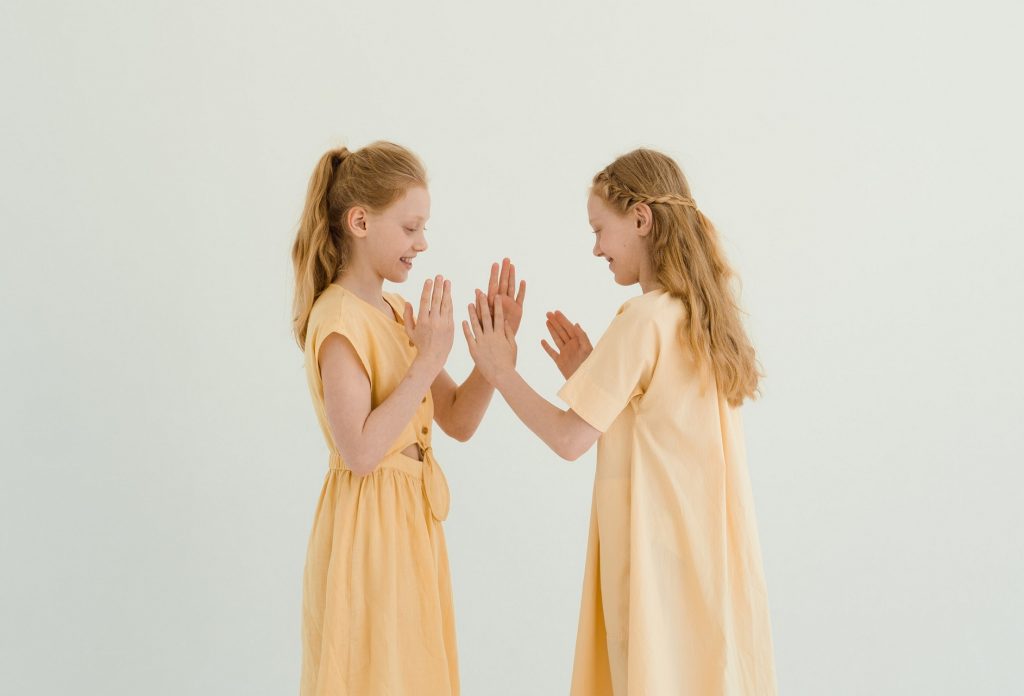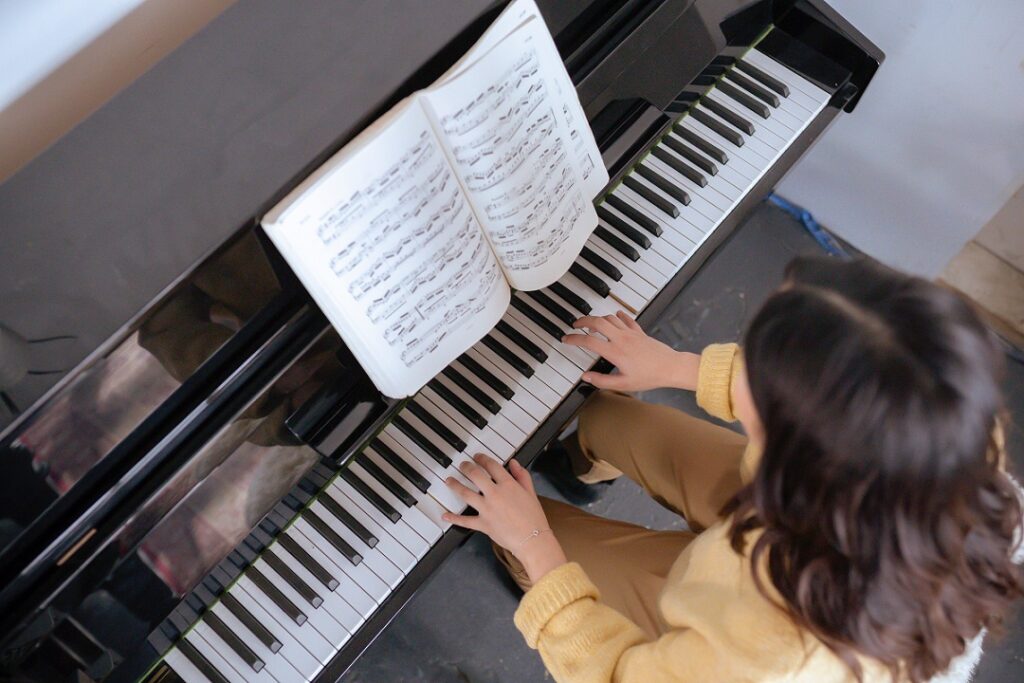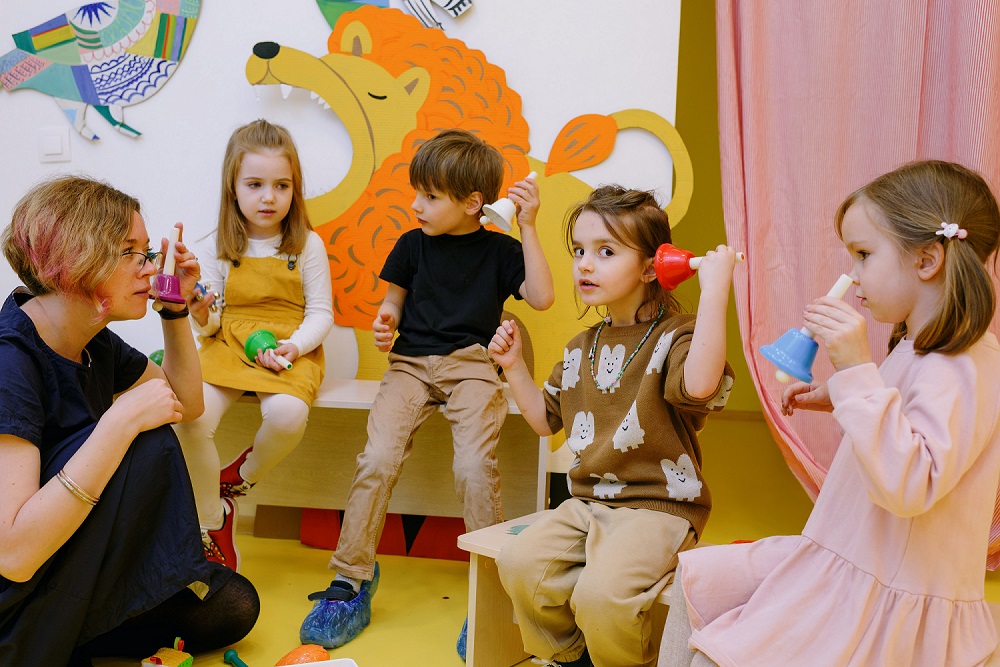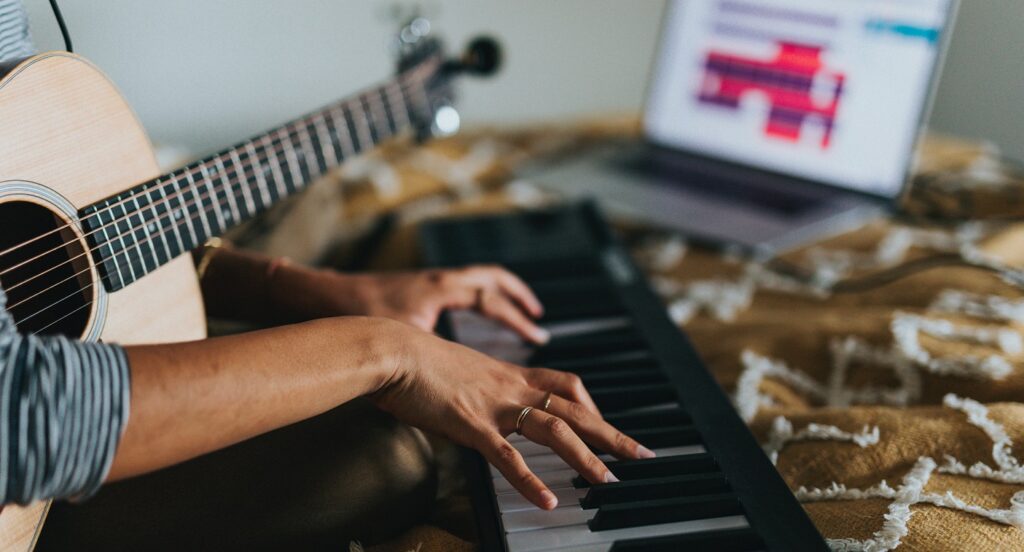Dollar Store Manipulatives for Elementary Students
You can find bargains at discount retail stores that can be transformed into learning tools for your elementary music classes.
It’s no secret that elementary school music teachers are usually on a tight budget. But before music teachers throw their hands up in the air, they should add these music manipulatives into their classrooms. The following DIY learning tools are economical and can provide countless hours of instruction.
Because of inflation, many of us now call these discount retailers “Dollar Twenty-Five” stores; however, these items are still good deals for your classroom.
Rhythm Flashcards
Rhythm cards can be made with oversized flashcards and a Sharpie. For younger elementary students, start with ta, ti-ti, and ta-a flashcards (quarter note, eighth note and half note cards). Because the large flashcards are so sturdy, they will last the entire school year without having to laminate them.
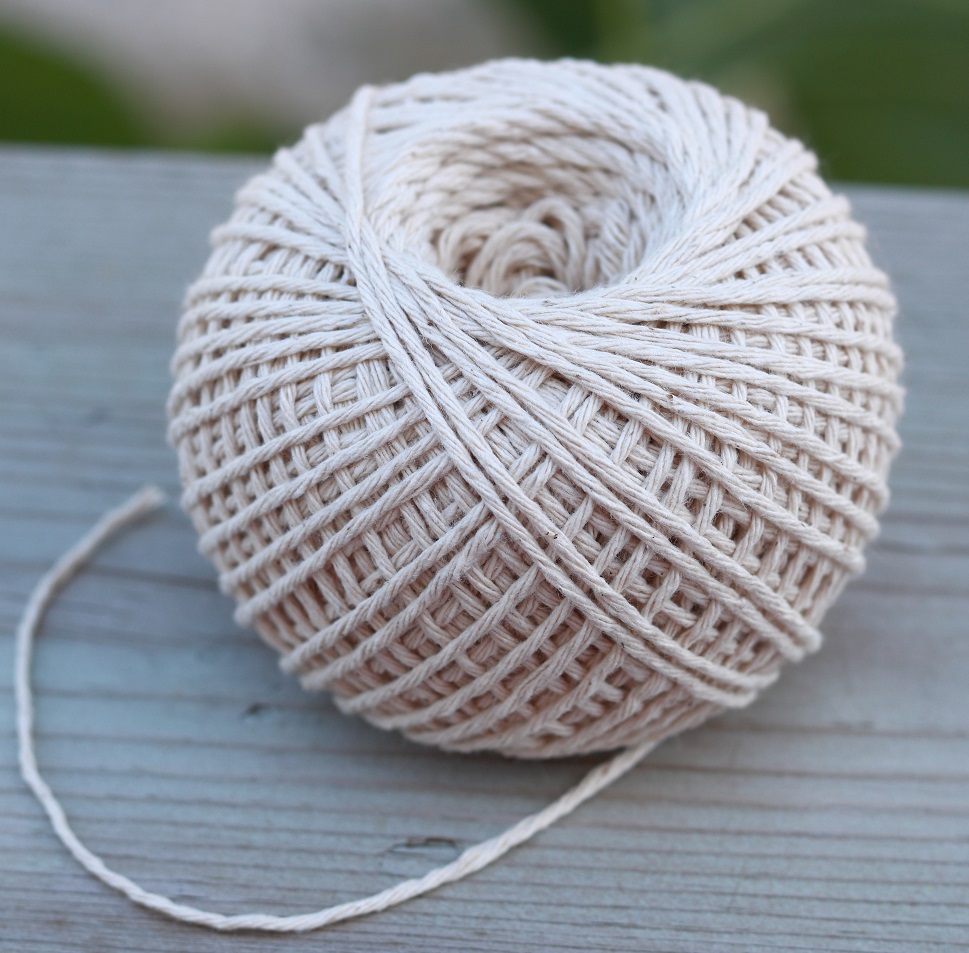 String
String
String? Yes, you read that right. String can be used in spider games, such as the song “Little Spider Spins All Day.” I don’t remember where I found this song and activity, but it’s a fun one!
The song goes like this: “Little spider spins all day, spins while all the others play”
Solfege: DRMFSLS SLSFMRD
Students form a circle and start to sing the song. The teacher should hold on to the end of the string and hand the ball of string to a student, or spider. He or she will take the ball of string and go across the circle (i.e., spinning a web) and will hand another student the string. Then, the students switch places. The first spider takes the string while the other spider takes the ball of string to give to another spider on the other side of the circle. Each time the song is sung, another student will “spin” his or her web. By crisscrossing the circle, the students are creating a physical web.
Make sure to tell the students to hold on to their piece of string tightly, otherwise, you’ll end up with a tangled mess! After all the students have had a turn, they lay down their “web,” and step back and look at their creation.
Solfege Flashcards
Similar to rhythm cards, oversized flashcards can also be used to make simple solfege manipulatives.
For kindergarten, start by doing high and low, or sol and mi. For every grade level, add a few new notes from the scale (refer to Orff’s pedagogy for which ones to add).
Music flashcards are one of the easiest manipulatives that can be added to your classroom’s daily music warm-up routine. These exercises can even be student-led by the time it hits mid-year. While each grade level will have a different set of flash cards, student-lead solfege quizzes can be beneficial from kingergarten through 6th grade.
Make-It Blocks
Make-It Blocks are similar to Legos. With a permanent marker, draw rhythms that are one beat on each block. Your students can build rhythms as they connect their blocks together.
Plain wood blocks can also be used, but they are easily knocked over.
Letsplaykidsmusic.com has a great demographic that shows examples of what you can draw on the blocks:
Magnets
Magnets are one of my favorite tools to use in primary school when teaching the concepts of high and low. Unlike stickers or Velcro, magnets are much more sturdy and will last for years.
Some teachers like to draw or paint the solfege syllables directly on the magnets, but I prefer to keep them plain so that any magnet can be placed in any spot on the staff. One game I play with kids is for them to place the magnets on the whiteboard based on what I sing (“Was it high-low-high or low-high-low?”).
Pointing Stick
Don’t underestimate the power of a tool as simple as a pointing stick. Pointing sticks can be handed to students who are on their best behavior. They will get a chance to keep time in front of the class or lead other music-related activities. It is the best manipulative and classroom management tool I have found at the Dollar Store, hands down.
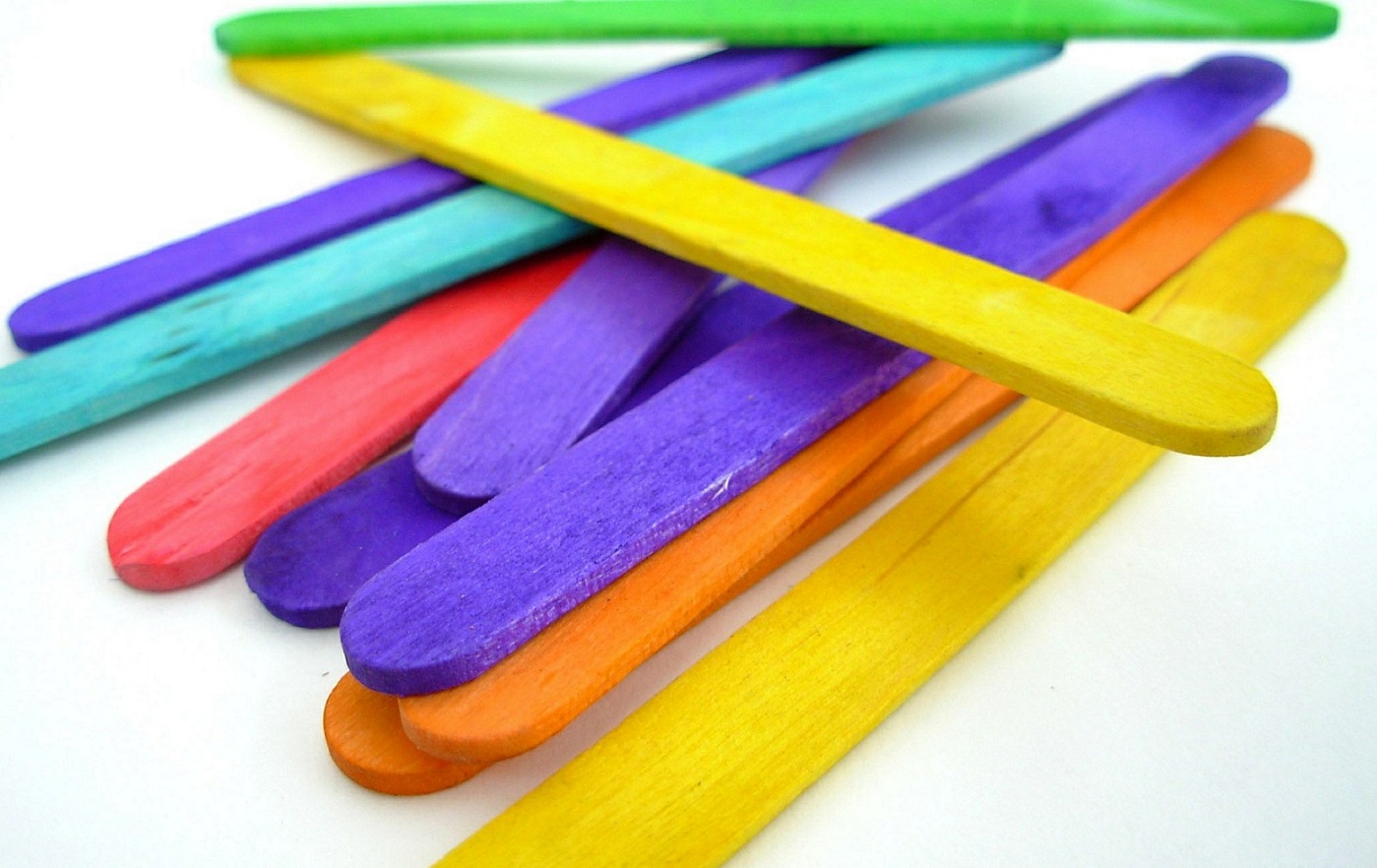 Popsicle Sticks
Popsicle Sticks
Popsicle sticks can be used for rhythm-building exercises for mid- to upper-elementary schoolers. To use the popsicle sticks for rhythms, use one single (vertical) popsicle stick for a quarter note. For eighth notes, use a horizontal stick to form note beams. Check out this YouTube video of a popsicle sticks rhythm game.
Plastic Hand Clappers
These loud and goofy gag gifts can be used in your classroom. And while you may not like them because they’re so loud, having a bright neon clapper in each student’s hand makes it very obvious who is and isn’t participating.
Plastic hand clappers can be bought as a class set and used to read rhythms. Put the rhythms on your whiteboard or smartboard and guide the students as they clap along. Clappers make a great assessment too, as you can easily tell who is missing the rests and who is getting the entire rhythm correct.
You can also use hand clappers to teach proper concert etiquette. Practice by showing your students a classical, multi-movement work. You can teach students that an end of a movement is more like a comma, and the end of the piece is like a period. Hand clappers are an excellent preparation for a symphony field trip.
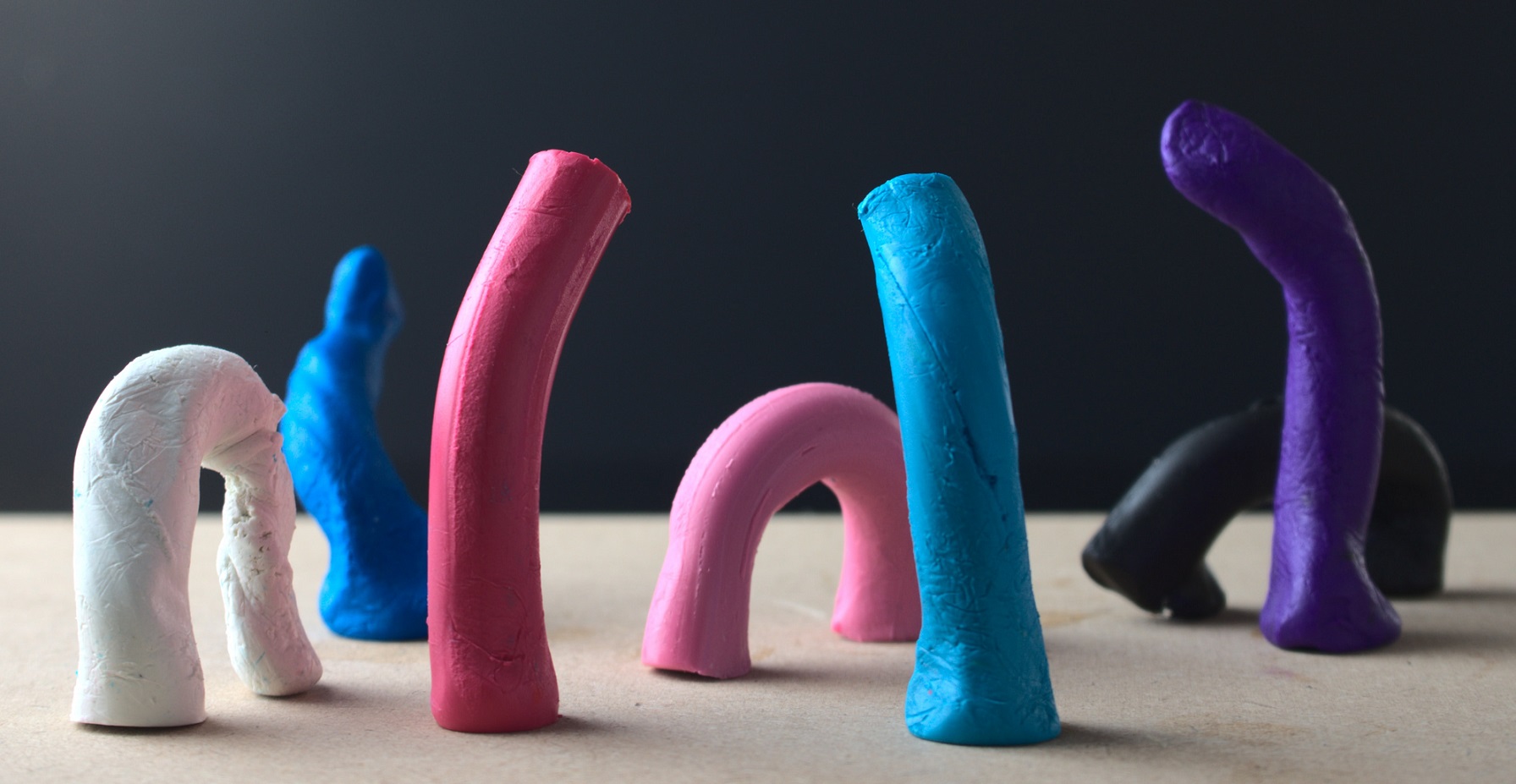 Visual Music: Play Dough, Styrofoam Putty and Pipe Cleaners
Visual Music: Play Dough, Styrofoam Putty and Pipe Cleaners
What do play dough, slime and pipe cleaners have to do with music? They can be used to create visual interpretations of sound.
Have students make play dough and putty sculptures in response to a piece of music. Pipe cleaners, on the other hand, can be used to create a melodic shape, which can then be interpreted by the teacher or even sung by the class. As the pipe cleaner goes up, voices go up, as it comes down, the voices go back down, and so on.
This energetic video by Angie McDaniel is a great way to prep students for using pipe cleaners as a vocal warm up.
Props
Some props at discount retailers can be used for singing games. For example,
- little purses for “Lucy Locket”
- plastic telephones can be used for the “Telephone Song”
- squishy toy fruits for fruit name rhythm games
- plastic microphones to pass around to show whose turn it is to sing/ perform
Costumes
While you likely won’t be able to meet all your costuming needs at a Dollar Store, you can find more than you might think! The last time I was in my local store, I saw animal masks (dogs, foxes, cats) and butterfly wings. If you are practicing for an upcoming musical, get your costumes early! The more practice you have with them, the better.
Regular classroom lesson plans can also incorporate costumes. My students loved reenacting “Peter and the Wolf.”
Oftentimes, costuming is incorporated into the state standards. If you are looking to make your own costumes for an event, you can also find small T-shirts in different colors. Use your sewing machine and get creative!
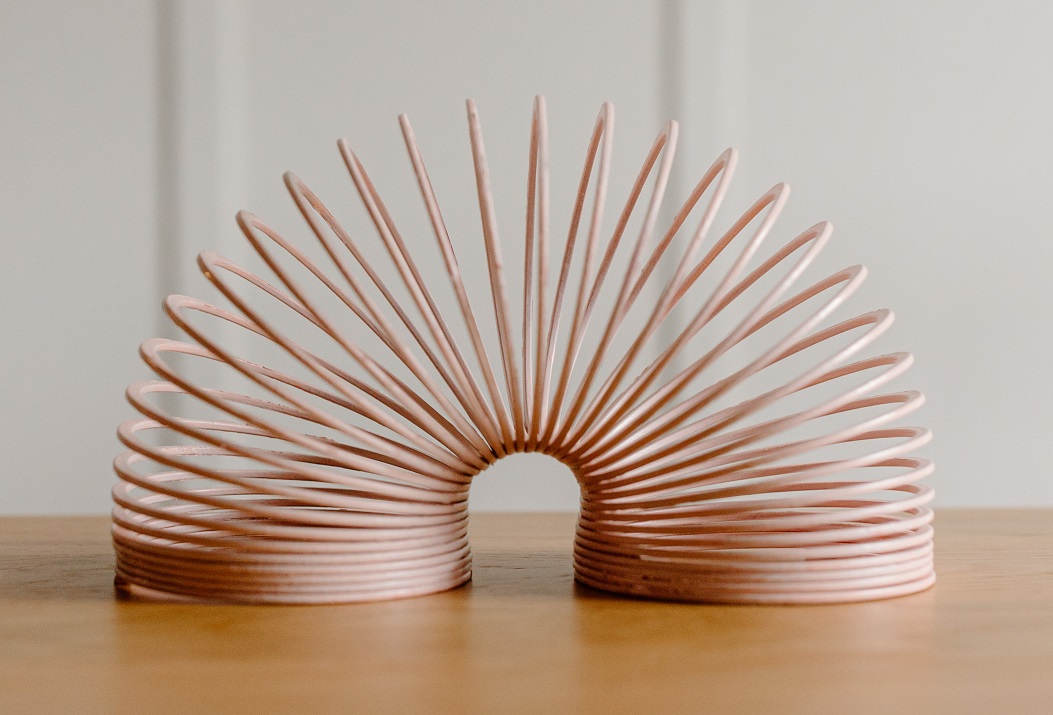 Sensory Tools
Sensory Tools
Apart from manipulatives, discount stores are excellent sources for sensory tools that you can use to make a sensory station. Items such as Slinkies, squeezable toys, bubble poppers and pop tubes can all be found for about $1.25 each.
Go Shopping!
You don’t need a big budget or fancy equipment to make your classroom an engaging space that is full of hands-on learning tools. The next time you are running low on ideas and petty cash, check out your local discount retailer and try out the above ideas!










